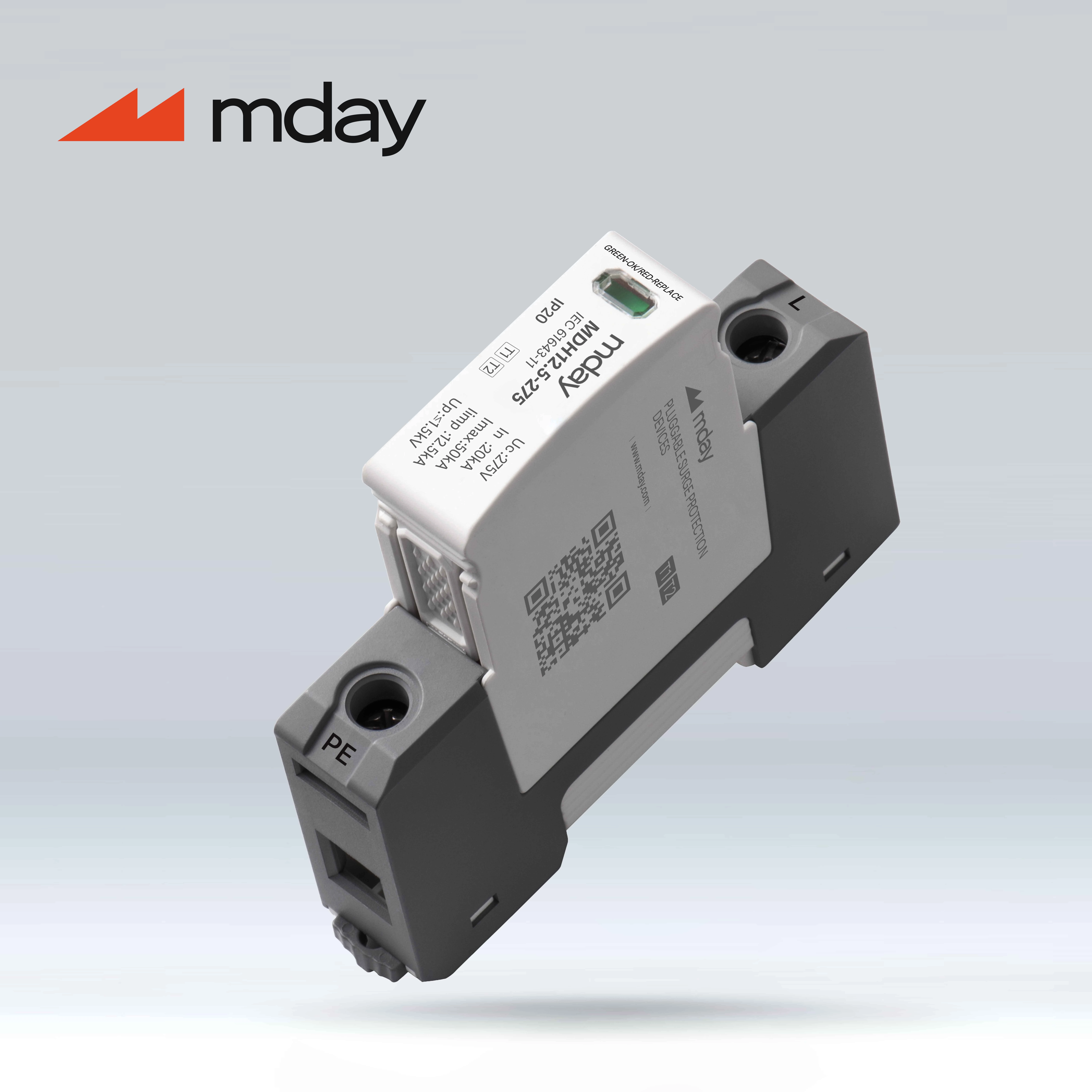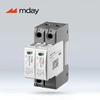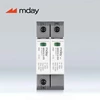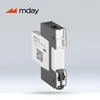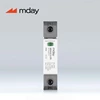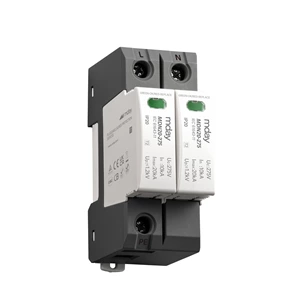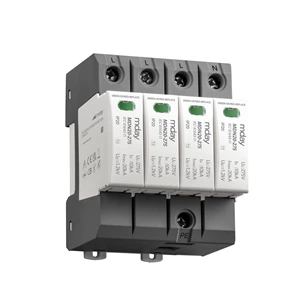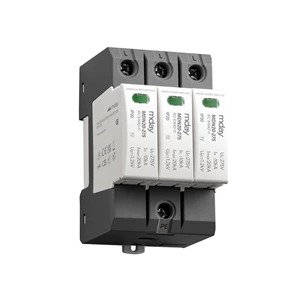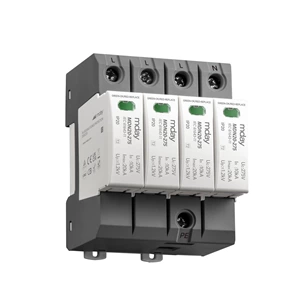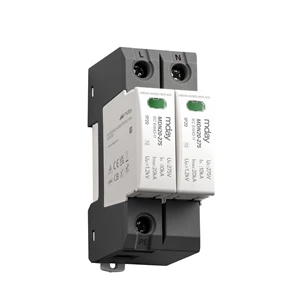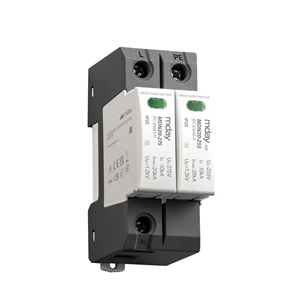Quality Requirements That Surge Protectors Need To Meet - Basic Requirements
Products that meet the requirements of GB 18802.1- and GB /T 18802.21 and are tested by nationally recognized testing laboratories should be used.
The location of the surge protector installation and the equipotential connection location should be at the junction of the lightning zones on all sides, but when the line can withstand the expected surge, the surge protection device can be installed at the protected equipment. SPDs should be able to withstand the lightning current expected to pass through them, and have the voltage protection level when passing through the surge and the ability to extinguish the power frequency continuous current.
1. When there is no surge in the power system, the surge protective device should not have a significant impact on the working characteristics of the system to which it is applied;
2. When a surge occurs in the power system, the SPD presents low impedance, and the surge current is mainly discharged through the SPD, limiting the voltage to its protection level. The surge may cause the power frequency continuous current to pass through the SPD;
3. When a surge occurs in the power system, the SPD returns to a high impedance state after the surge and extinguishes any possible power frequency continuous current.
4. When the power supply system adopts the TN system, the power supply from the distribution board (box) in the building to the distribution line and branch line in the building should adopt the TN-S system. When selecting a surge protector in a 220V/380V three-phase system, the Uc value should comply with the provisions of Table 5.4.3-2 of GB 50057-2012.
5. The effective voltage level Up/f of the power supply SPD should be lower than the impulse overvoltage rating Uw of the protected equipment. When the relationship is satisfied, only one level SPD can be added to the front end of the protected equipment, otherwise the second level SPD or even the third level SPD should be added.
6. When selecting a surge protector for electronic system signals, the Uc value should generally be higher than 1.2 times the maximum operating voltage on the signal line when the system is running.
7. The connection at both ends of the SPD should comply with the minimum cross-section requirements of the connecting wire in Table 6.5.1 of GB 50343-2012. The sum of the lead lengths at both ends of the surge protector should not exceed 0.5m, and the SPD should be installed securely. The transition resistance of the connecting wire should not be greater than 0.2Ω.
